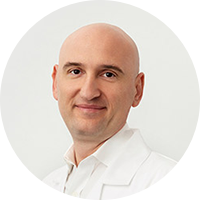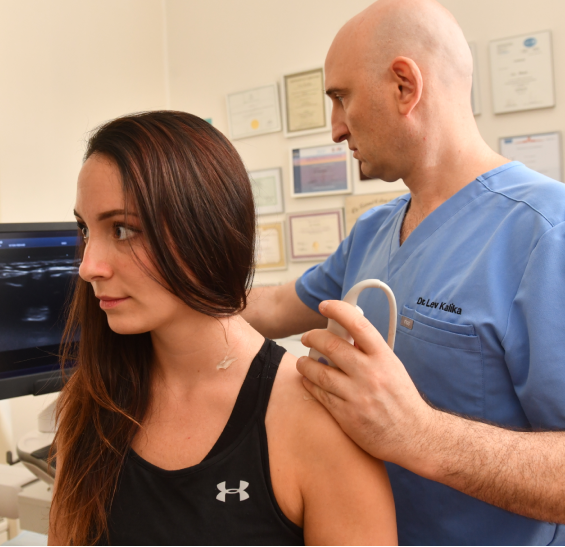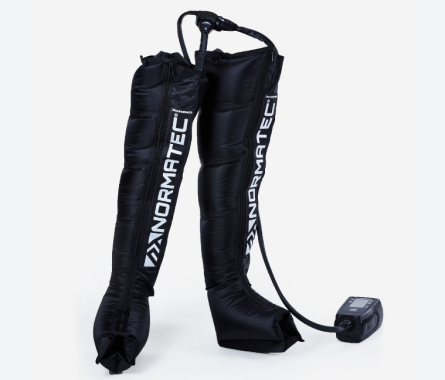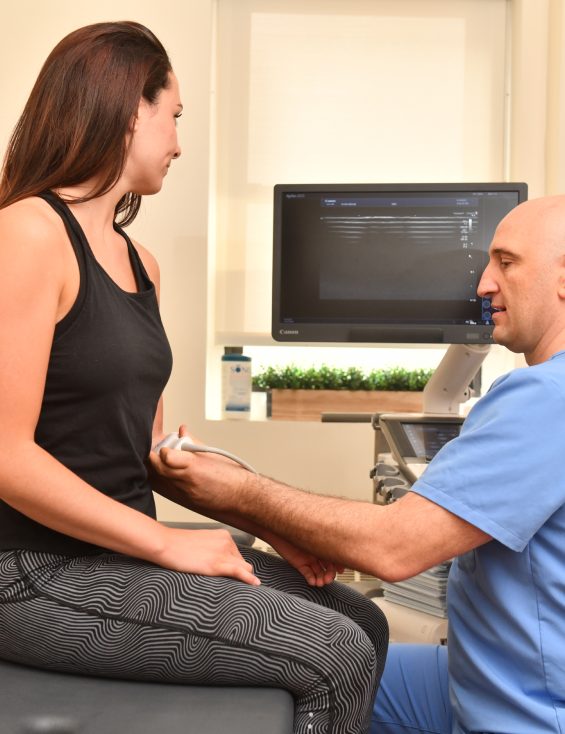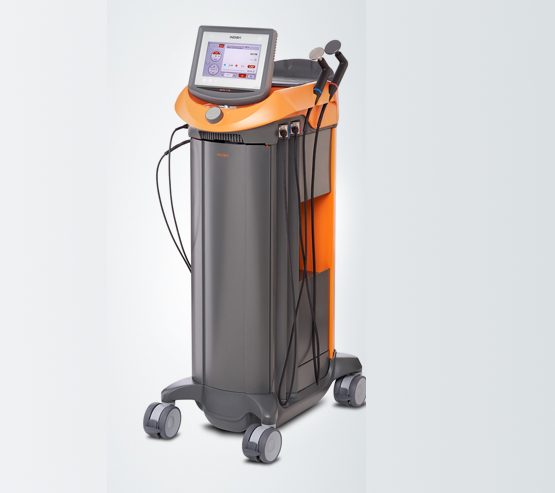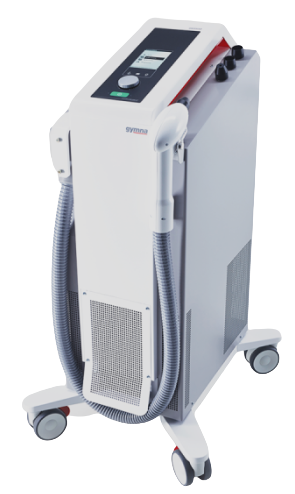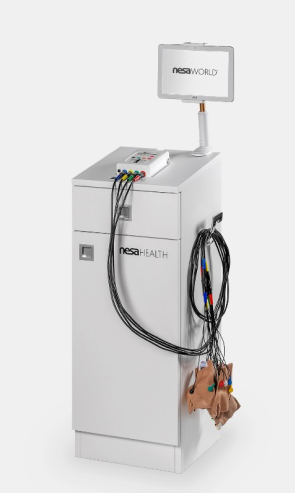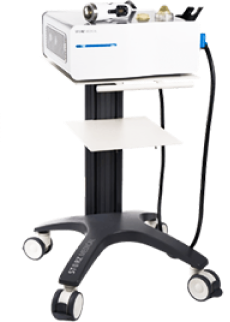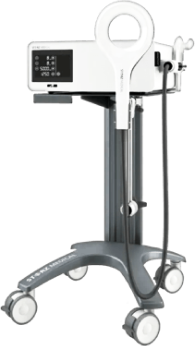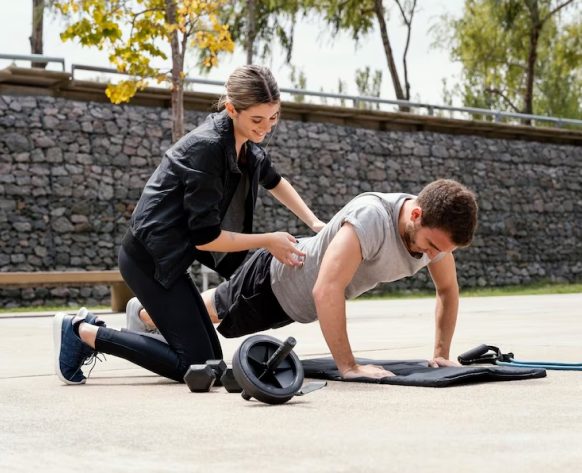Exercise-induced muscle damage is a normal consequence of intense training, and full recovery can take up to several days. In response to intense training, your body activates inflammatory processes and oxidative stress that are essential to recovery and adaptation. Meanwhile, delayed-onset muscle soreness (DOMS) can slow you down and interfere with everyday activities. For athletes at the peak of their season, the capacity for quick recovery is essential to competitive performance.
For decades, athletes and fitness enthusiasts have relied on ice baths, saunas, massage and other therapies to soothe sore muscles and promote recovery. But today, new technology has upped the game on post-exercise recovery, tapping into the body’s own healing mechanisms to accelerate healing and promote adaptive responses at the cellular level. A sports rehabilitation therapist at NYDNRehab can customize a tech-driven recovery program that gets you safely back in the game in record time.


